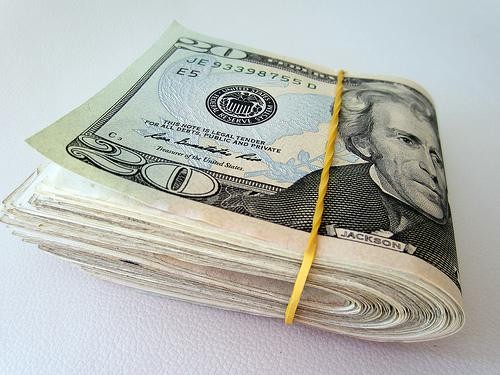How To Invest $1 000 Right Now
Post on: 21 Июль, 2015 No Comment

(Photo credit: Wikipedia)
Getting started investing is tough. Many investment accounts have minimums that keep small investors at arm’s reach, for instance.
Buying stock with limited resources can be difficult as well. You might end up with five or 10 shares of two or three firms at most. Commissions are low but they add up to a high percentage of your money when amounts invested are limited.
But a larger question remains: Should a small investor even be in the market? If you have saved up $1,000 and want to invest in something, somehow, here’s a few issues to consider first:
1. Sock it away in a savings account
Do you have enough cash in the bank to cover the deductible in the case of a car accident or health emergency? Enough to cover an unexpected home repair? The simple fact of the matter is that most small investors fail not because they don’t know what to buy but because they aren’t ready to absorb a short-term financial hit.
Do this simple exercise: Add up your current monthly expenses and multiply by six. If you don’t have that much money in the bank in a standard savings account, get to that point before you consider investing in the markets. You’ll be calmer and happier for it, and probably a calmer and happier investor.
2. Pay down debts first
Money compounds both for and against you. When you have consumer debt, especially credit cards, you are paying a much higher rate of interest on those loans than you will make in the market.

Pay off all short-term debts before investing. It’s important to invest early and consistently, but not if you owe significant amounts at high rates of interest. If you have $1,000 to invest in something, the most important “return” on your money today could be eliminating extended debt payments.
3. Consider a balanced index fund
Cash cushion in place and debts paid off, now it’s really time to invest. If you have $1,000, open and fund an IRA at your bank or online at a brokerage.
The least expensive and most effective way to invest a small amount is to buy a balanced index fund. such as a Vanguard LifeStrategy fund. Once you have the balance up to $25,000 or so, consider buying a portfolio of inexpensive ETFs and rebalancing that portfolio prudently over time.
Saving, investing and living debt-free go hand-in-hand. All three matter to your long-term financial health.














